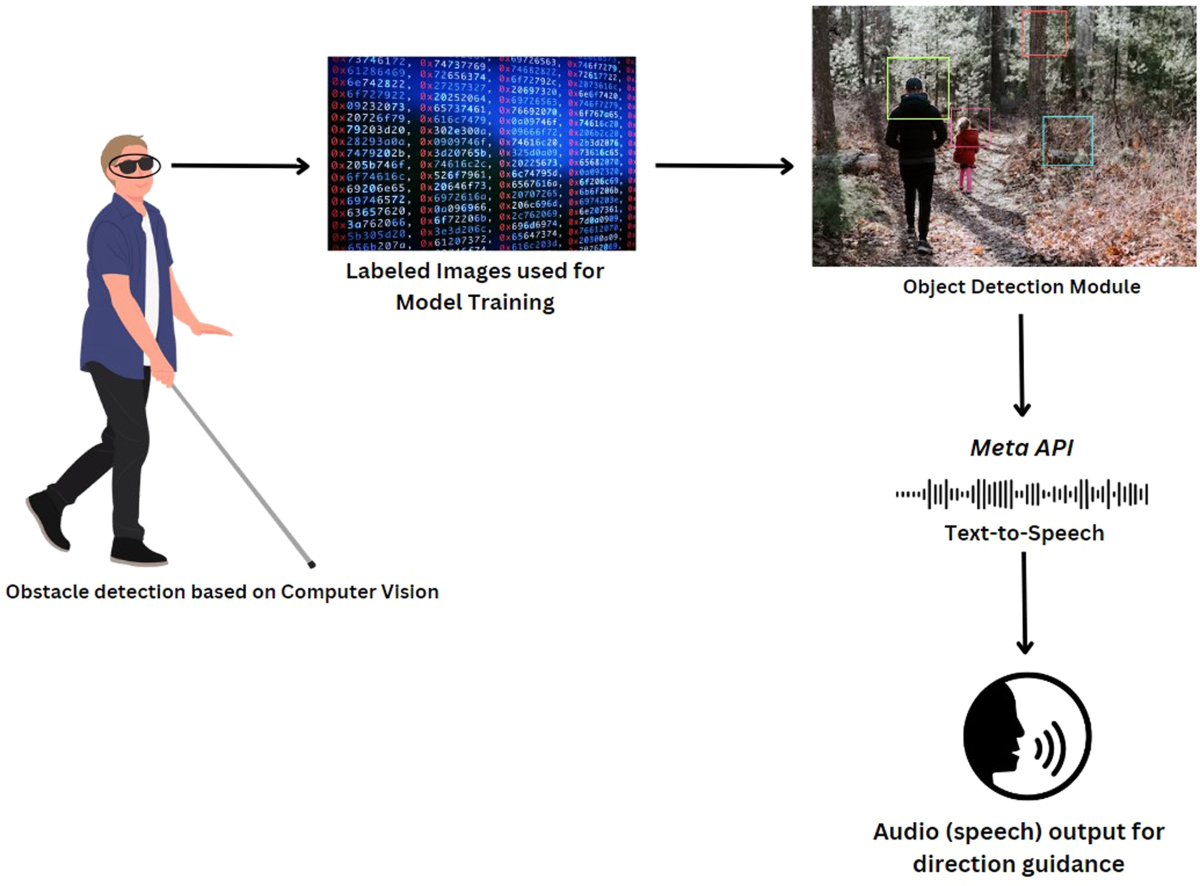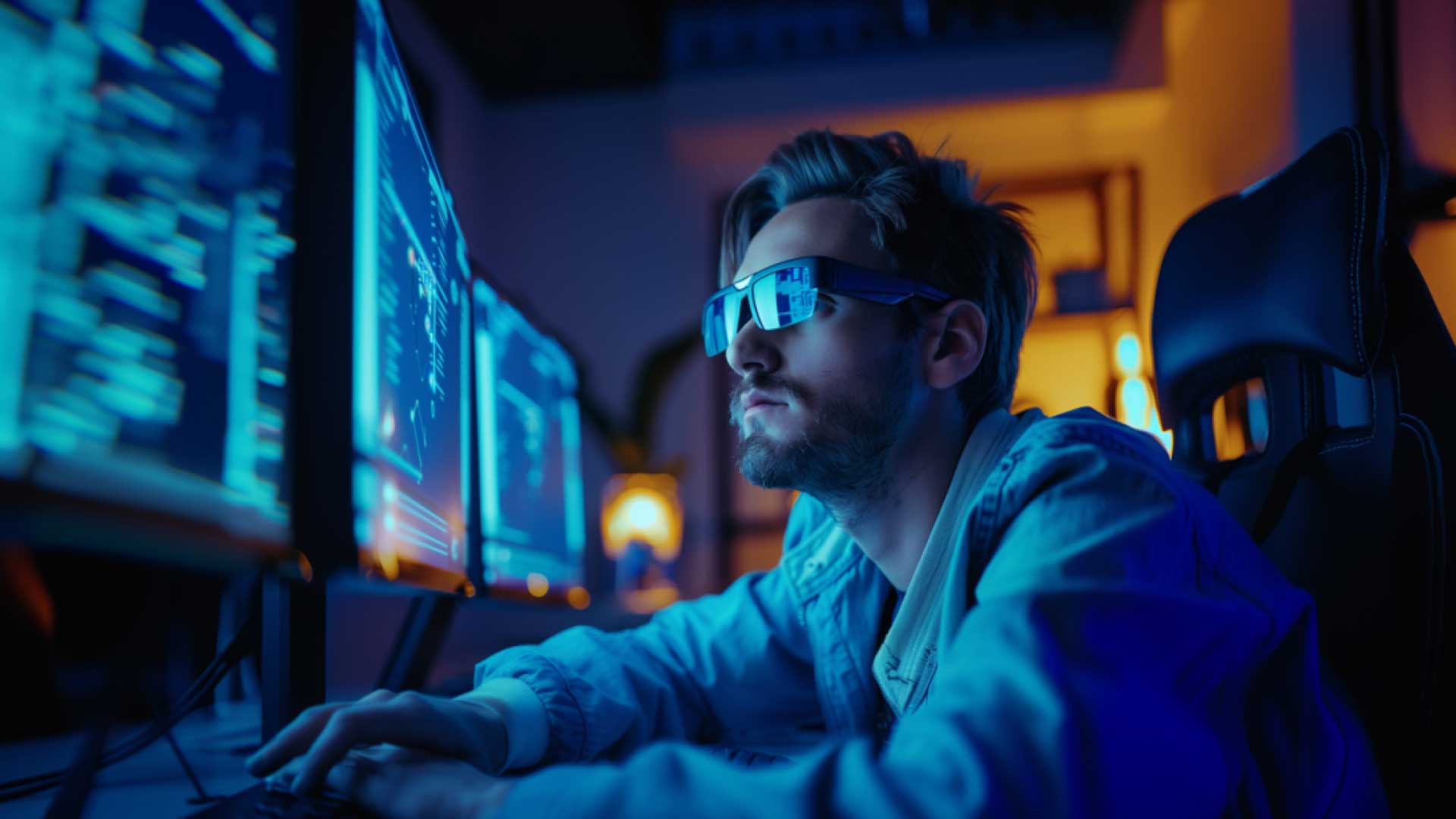Ingenious Solutions in Assistive Technology for Visual Problems
The landscape of assistive technology for visual disability is advancing rapidly, presenting a variety of innovative remedies that improve ease of access and self-reliance. From sophisticated smartphone applications that assist in navigation to wearable devices created for real-time advice, these tools are improving the experiences of those with visual impairments.
Improvements in Smart Device Applications
In recent times, innovations in smart device applications have substantially transformed the landscape of assistive innovation for individuals with aesthetic impairments. These applications take advantage of the effective sensing units and capacities of contemporary smartphones to supply customers with devices that improve self-reliance and availability in their daily lives.
Remarkable among these technologies are applications created for things acknowledgment, which utilize the mobile phone's camera to recognize items and give spoken summaries. Such features encourage users to browse their environments better, whether determining products in stores or locating personal belongings in the house. Additionally, text-to-speech applications have enhanced drastically, enabling users to capture printed text via their tool's video camera and obtain immediate sound responses, thereby facilitating analysis and understanding.
Community-driven applications have actually promoted social communication and resource sharing among people with visual problems, developing an encouraging network that boosts their top quality of life. In general, smart device applications have actually come to be vital allies in advertising autonomy and availability for individuals with visual disabilities.
Wearable Instruments for Navigation
Wearable tools for navigating have actually arised as a groundbreaking option for people with visual problems, supplying hands-free help that improves wheelchair and orientation. These gadgets commonly make use of sophisticated modern technologies, consisting of GPS, ultrasonic sensing units, and expert system, to provide real-time comments and instructions to users as they browse their setting.
One significant instance of wearable navigating innovation is smart glasses, which can identify barriers and relay auditory or haptic responses to the user, enabling reliable and risk-free activity in various setups. Other devices, such as vests and belts furnished with sensors, can in a similar way inform customers of their surroundings by giving alerts regarding nearby objects or adjustments in surface.
Furthermore, several wearable tools integrate with smart device applications, allowing customers to customize their navigating choices and receive customized path suggestions. This customization can substantially improve the customer experience, equipping people to take a trip with better self-confidence and freedom.
As modern technology proceeds to create, the potential for wearable navigating gadgets to boost the top quality of life for people with aesthetic impairments remains significant, leading the way for more inclusive and accessible settings.
Smart Home Innovation Assimilation

Moreover, smart appliances geared up with responsive user interfaces or acoustic feedback go to this website offer instinctive communications that provide particularly to the needs of those with aesthetic disabilities. Wise refrigerators can reveal their contents and expiry days, while wise stoves can lead customers via the food preparation procedure with audio instructions.
Home automation systems, such as wise doorbells and safety and security video cameras, offer satisfaction by allowing customers to obtain informs and gain access to live feeds through their mobile phones, enhancing individual security (AI-powered visual aids). Furthermore, integration with smartphones and tablet computers guarantees that users can handle their home atmosphere from anywhere within their premises
As clever home modern technology remains to progress, it holds the potential to change the living experiences of individuals with visual problems, promoting independence and boosting lifestyle in a significantly connected world.

Educational Tools and Resources
Access to efficient academic tools and resources is essential for individuals with visual problems, as it encourages them to engage completely in their understanding experiences. Different assistive innovations have been developed to boost access and foster independent understanding.
Additionally, academic software especially developed for aesthetically damaged customers provides features such as high-contrast settings and adjustable text dimensions. These devices accommodate varied understanding styles and make certain that trainees can tailor their educational experience to their requirements.
Furthermore, accessibility to audio publications and virtual libraries broadens the variety of offered discovering materials, allowing students to discover subjects extensive without the limitations imposed by traditional print resources. Collective systems that integrate availability attributes also help with group jobs, ensuring that aesthetically impaired trainees can add meaningfully alongside their peers.
Community Support and Engagement
A durable network of community support and interaction is important for people with visual disabilities, cultivating an inclusive atmosphere where they can grow. Area organizations, neighborhood campaigning for groups, and volunteers play a crucial role in supplying sources, details, and companionship, which are vital for boosting the lifestyle for those affected by aesthetic disabilities.
Involvement tasks such as workshops, get-togethers, and assistance groups not just help with skill growth yet additionally promote social interaction, decreasing feelings of seclusion. These initiatives encourage people to share successes, obstacles, and experiences, consequently enhancing neighborhood bonds. Furthermore, partnerships with local organizations can result in higher access in public spaces, even more incorporating individuals with aesthetic impairments into the area.
Modern technology additionally improves community engagement via on the internet platforms that use virtual support system and sources, allowing individuals to connect no matter geographical obstacles. By taking advantage of both electronic and in-person solutions, neighborhoods can create a detailed assistance network. Eventually, cultivating collaboration amongst various stakeholders-- my response consisting of households, instructors, and medical care specialists-- makes sure that individuals with aesthetic disabilities obtain the alternative support essential to navigate day-to-day life successfully and with dignity.
Verdict
Innovative options in assistive modern technology for aesthetic problems considerably boost the quality of life for people encountering these obstacles. The combination of mobile phone applications, wearable gadgets, smart home technology, and educational tools fosters higher self-reliance and access.
The landscape of assistive modern technology for visual problems is advancing swiftly, presenting a variety of innovative options that boost ease of access and self-reliance. Community-driven applications have fostered social interaction and resource sharing among people with aesthetic disabilities, creating a supportive network that boosts their high quality of life. Overall, smartphone applications have become indispensable allies in advertising freedom and accessibility for individuals with aesthetic disabilities.
Many people with visual you could try here problems are discovering greater freedom via the integration of smart home modern technology.Innovative options in assistive innovation for aesthetic disability significantly improve the quality of life for people encountering these difficulties.